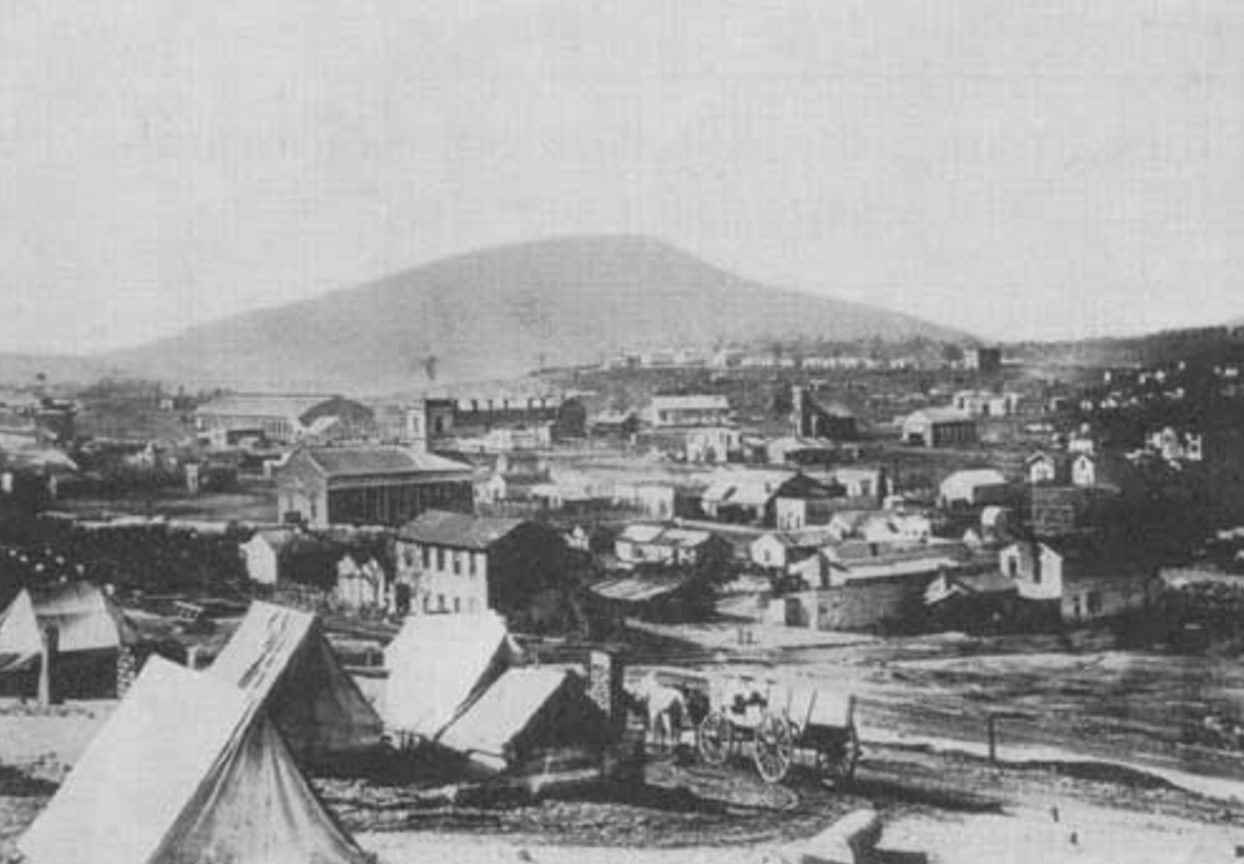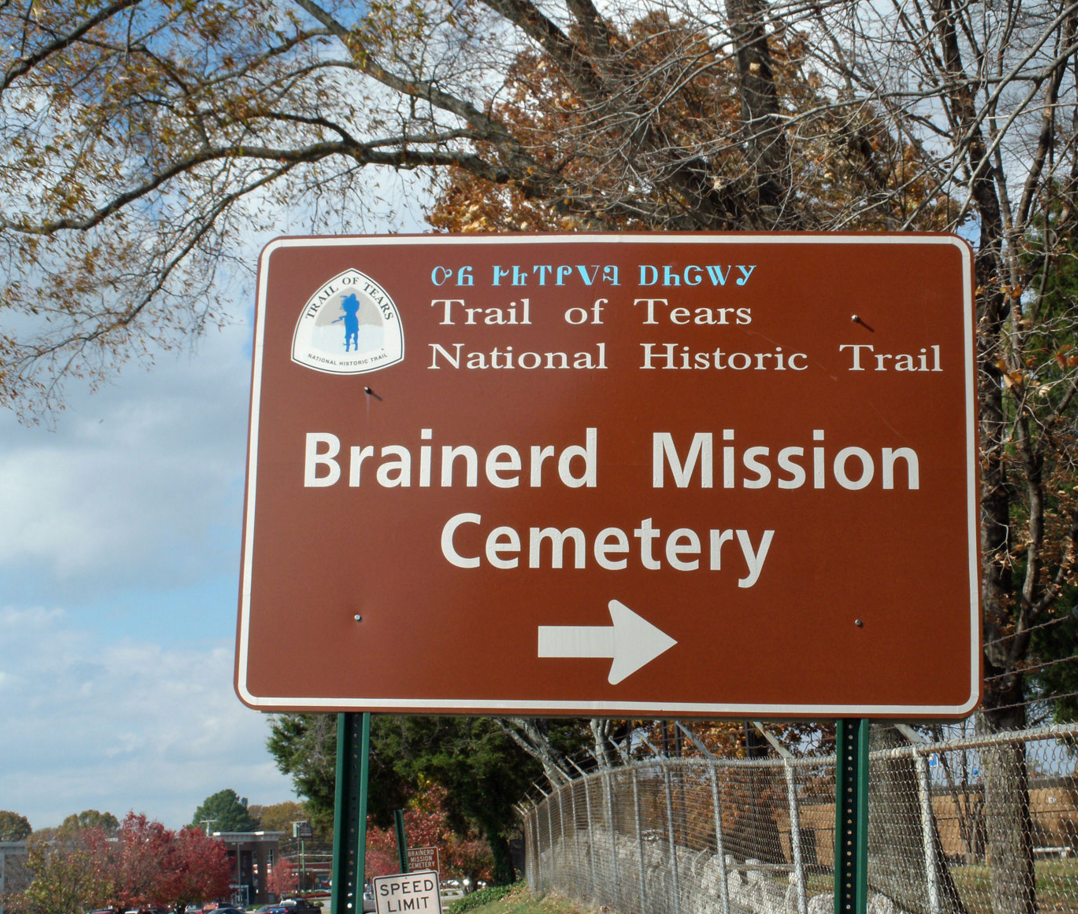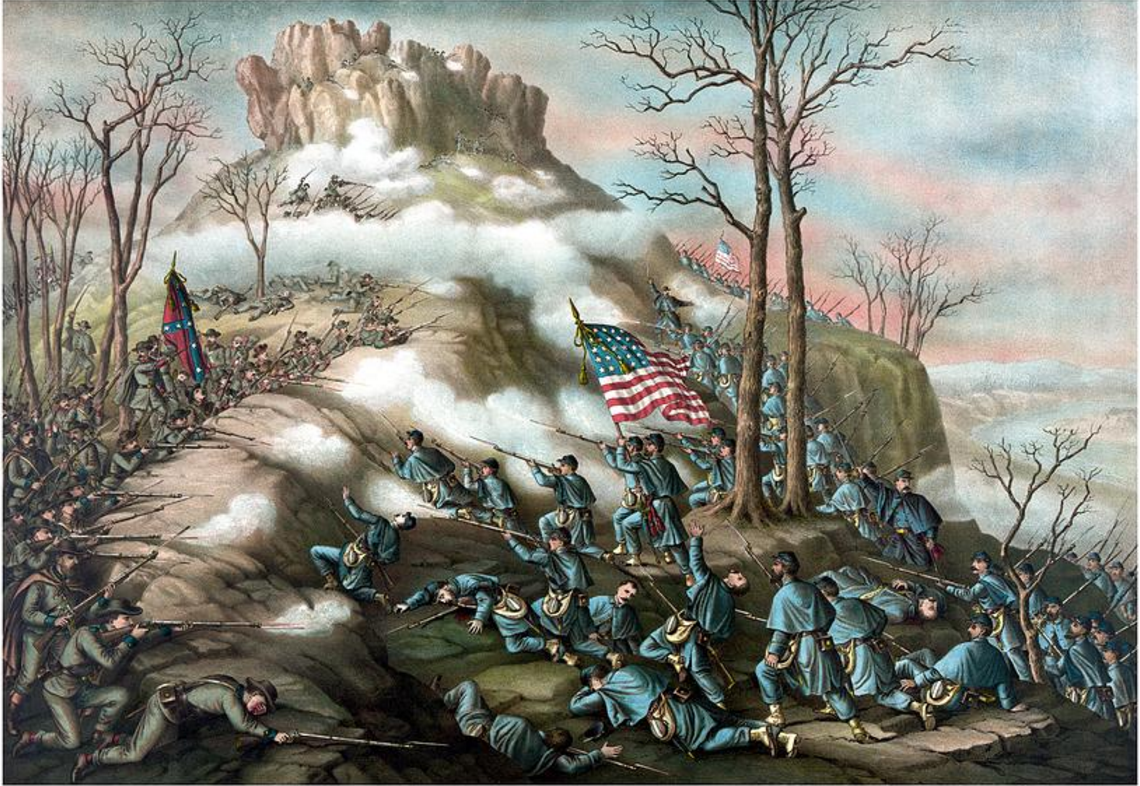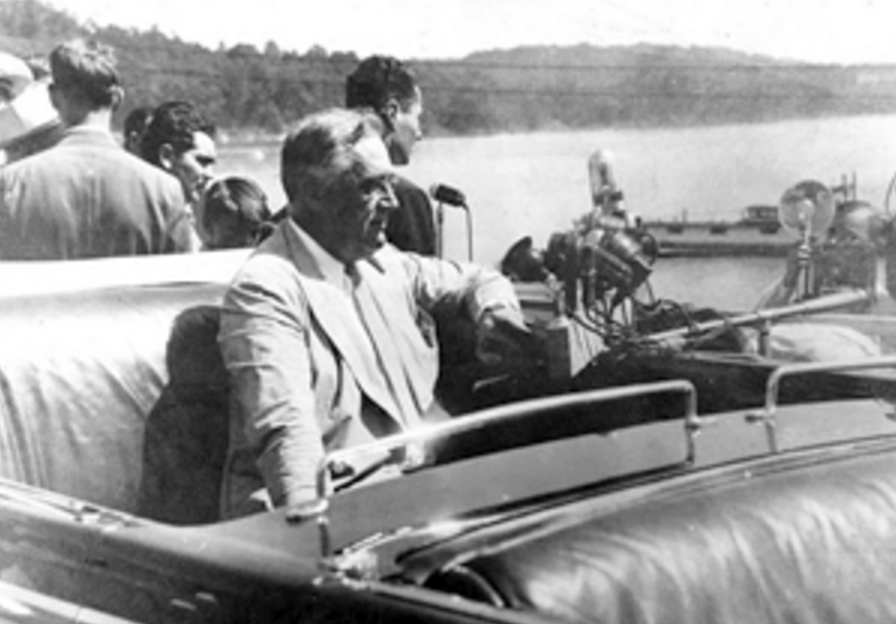Early History of the Chattanooga Area
 In 1663 the British established the colony of Carolina, which included all of the Tennessee country.
The French from the Mississippi Valley also claimed the land at that same time. About 1769, a crude
structure known as the "Old French Store" was established, most likely on Williams Island,
marking the first European settlement in the area. England gained undisputed title to the territory in
1763 at the end of the French and Indian War.
In 1663 the British established the colony of Carolina, which included all of the Tennessee country.
The French from the Mississippi Valley also claimed the land at that same time. About 1769, a crude
structure known as the "Old French Store" was established, most likely on Williams Island,
marking the first European settlement in the area. England gained undisputed title to the territory in
1763 at the end of the French and Indian War.
The Chickamaugas, a splinter group of the Cherokee tribe, moved to the South Chickamauga Creek villages in 1777. They resisted white settlement and cooperated with the British during the American Revolution. Frontiersmen destroyed the Chickamauga villages in 1779. Three years later, on the slope of Lookout Mountain, the Native Americans engaged the frontiersmen who had destroyed their villages. This confrontation has become known as the "last battle of the American Revolution." In 1785, the United States government took control of Native American affairs.
 Tennessee became the sixteenth state in 1796. At that time Native American lands made up about
three-fourths of the region, including the Chattanooga area. Ross's Landing was established
in 1816 as a trading post on the banks of the Tennessee River by Chief John Ross, leader of the
Cherokee nation. Chattanooga became a center of education and culture for the Native Americans
when the Brainerd Mission was created in 1817. Hamilton County was established in 1819 on land
north of the Tennessee River. With the Cherokee removal in 1838, the county expanded south of the
river to encompass Ross's Landing.
Tennessee became the sixteenth state in 1796. At that time Native American lands made up about
three-fourths of the region, including the Chattanooga area. Ross's Landing was established
in 1816 as a trading post on the banks of the Tennessee River by Chief John Ross, leader of the
Cherokee nation. Chattanooga became a center of education and culture for the Native Americans
when the Brainerd Mission was created in 1817. Hamilton County was established in 1819 on land
north of the Tennessee River. With the Cherokee removal in 1838, the county expanded south of the
river to encompass Ross's Landing.
Cherokee removal was part of the 1837–1838 episode known as the "Trail of Tears," one of the most shameful events in American history. As the result of a treaty from a disputed land sale, the Cherokee were driven from their homes in several southeastern states and were assembled at various concentration camps, including Ross's Landing, for expulsion to Oklahoma. Forced on a harsh journey through wilderness and bad weather, more than one-half of the 16,000 Native Americans died along the way or upon arrival, largely because of the strenuous trip.
Railroads Key To Chattanooga's Development from Ross's Landing
The name of Ross's Landing was changed to Chattanooga by the U.S. Post Office in 1838. Although the origin of the city's name is uncertain, some say the name was a Native American expression meaning the "rock that comes to a point," describing Lookout Mountain. Legislation establishing Chattanooga and its boundaries was passed in 1839.
 Rail transportation began in Chattanooga in the 1850s. Connections to other cities were constructed by the Western &
Atlantic, Nashville & Chattanooga, Memphis & Charleston, and East Tennessee & Georgia Railroads.
The city's population stood at approximately 2,500 people at the beginning of the Civil War.
Although Chattanoogans supported secession, Hamilton County as a whole voted to remain in the Union.
The county became one of the key battlegrounds of the war, as both the Confederate and Union armies attempted
to keep possession of this important railway hub.
Rail transportation began in Chattanooga in the 1850s. Connections to other cities were constructed by the Western &
Atlantic, Nashville & Chattanooga, Memphis & Charleston, and East Tennessee & Georgia Railroads.
The city's population stood at approximately 2,500 people at the beginning of the Civil War.
Although Chattanoogans supported secession, Hamilton County as a whole voted to remain in the Union.
The county became one of the key battlegrounds of the war, as both the Confederate and Union armies attempted
to keep possession of this important railway hub.
City Experiences Major Civil War Battles
 Union soldiers, under the command of General William Rosecrans, marched into Chattanooga in September of 1863, intent on holding the key railroad center. The Battle of Chickamauga took place on September 19 and 20, 1863, followed by the Battle of Lookout Mountain (which was commanded by General Ulysses S. Grant) on November 24, and the Battle of Missionary Ridge on November 25. Confederate defenses were broken during the last battle and the southerners began their retreat into Georgia. According to Confederate General D. H. Hill, "Chattanooga sealed the fate of the Confederacy."
Union soldiers, under the command of General William Rosecrans, marched into Chattanooga in September of 1863, intent on holding the key railroad center. The Battle of Chickamauga took place on September 19 and 20, 1863, followed by the Battle of Lookout Mountain (which was commanded by General Ulysses S. Grant) on November 24, and the Battle of Missionary Ridge on November 25. Confederate defenses were broken during the last battle and the southerners began their retreat into Georgia. According to Confederate General D. H. Hill, "Chattanooga sealed the fate of the Confederacy."
In November 1863, the nation's first National Cemetery was established in Chattanooga. Of the 12,000 Union soldiers buried at the cemetery, 5,000 are unknown. The cemetery is the site of 31,000 graves of soldiers from every American war and conflict. Most Confederate soldiers were buried at the city's Citizens Cemetery.
Gradual Recovery Follows War
 Following the war, the city began to experience economic progress. Disaster struck in March 1867, when the largest flood on record—56.8 feet—washed away the city's only bridge spanning the Tennessee River. Chattanooga remained without a bridge until 1891 when the Walnut Street Bridge was built.
Following the war, the city began to experience economic progress. Disaster struck in March 1867, when the largest flood on record—56.8 feet—washed away the city's only bridge spanning the Tennessee River. Chattanooga remained without a bridge until 1891 when the Walnut Street Bridge was built.
Major events occurring in the nineteenth century include the publishing of the first issue of The Chattanooga Times in 1869; creation of the public school system in 1872; a Yellow Fever epidemic in 1878 that claimed 366 lives; the advent of telephone service in 1880; and the introduction of the first electric lights in 1882.
During the late nineteenth century, as the city's rail access increased, so did the push to develop mineral and timber resources. Two industries that still thrive in the community today, manufacturing and tourism, began during that period. In 1899, Chattanooga became the site of the first franchised Coca-Cola bottling plant.
Early in the twentieth century there occurred a boom in downtown construction, and "skyscrapers" of the time, such as the James Building, were erected. The Hamilton County Courthouse, struck by lightning in 1910, was rebuilt, Market Street Bridge was dedicated in 1917, and airport facilities opened at Lovell Field in 1930.
Chattanooga entered the annals of musical history in 1923 when Bessie Smith, who began her career singing for coins on Chattanooga's streets, gained prominence with the release of her recording "Downhearted Blues" by Columbia Records. The city received special notoriety with the popularity of the Glenn Miller Orchestra's big band hit, "Chattanooga Choo-Choo," in 1941.
TVA Crucial to City's Later Development
 The Great Depression struck Chattanooga hard, as it did the rest of the country, and in 1933 the U.S. Congress created the Tennessee Valley Authority (TVA) which proved to be the most successful of all Franklin Roosevelt's New Deal programs. Construction of TVA's most dramatic plan, the Chickamauga Dam, began in 1936. TVA's extensive system of power-producing and flood-control dams created a number of lakes, which are widely used for commercial transportation and recreation. In 1941 the city became the center for all TVA power operations.
The Great Depression struck Chattanooga hard, as it did the rest of the country, and in 1933 the U.S. Congress created the Tennessee Valley Authority (TVA) which proved to be the most successful of all Franklin Roosevelt's New Deal programs. Construction of TVA's most dramatic plan, the Chickamauga Dam, began in 1936. TVA's extensive system of power-producing and flood-control dams created a number of lakes, which are widely used for commercial transportation and recreation. In 1941 the city became the center for all TVA power operations.
From "Dynamo of Dixie" to Dirtiest City in America
Over time, bedroom bcommunities and suburbs began to develop around the central city in areas such as Riverview, Lookout Mountain, and Signal Mountain. Although these were primarily enclaves for the wealthy, middle-class communities developed in Brainerd, East Ridge, and Red Bank. The growing unincorporated suburban community of Hixson was annexed by Chattanooga in the 1970s after a long, bitter court battle brought by residents resisting it. Chattanooga wanted the area for the added tax revenue it would bring, and many of the residents opposed annexation in order to keep from paying city taxes.
Beginning in the 1950s, the growth of the city and its expanding suburbs necessitated the building of additional bridges to span the Tennessee River. The Wilkes T. Thrasher Bridge across Chickamauga Dam opened in 1955; the Olgiati Bridge was dedicated in 1959; the C. B. Robinson Bridge opened in 1981; and the Veterans Bridge opened in 1984.
The history of local race relations began a new era in 1962 when the Chattanooga and Hamilton County school systems began desegregation pursuant to federal court order. After a federal lawsuit challenging the early 20th century "progressive era" at large commission form of government, in 1990 a new city council form of government was mandated by the federal court for the purpose of insuring fair racial representation.
From Smokestacks to Suitcases (and Bedbugs!): A New City Emerges
 From the late 1960s to the early 1980s, Chattanooga was known as America's dirtiest city.
By 1982, city residents and leaders were tired of the bad reputation of the city, and an $850 million plan
was devised to revitalize the city's downtown and riverfront by the year 2000.
From the late 1960s to the early 1980s, Chattanooga was known as America's dirtiest city.
By 1982, city residents and leaders were tired of the bad reputation of the city, and an $850 million plan
was devised to revitalize the city's downtown and riverfront by the year 2000.
In 1986 the River City Company was formed to promote, encourage, and assist local economic development along 22 miles of river frontage and in the central business district. It was succeeded by a new agency formed in 1993 when River City Company merged with Partners for Economic Progress, forming a public-private economic development agency called RiverValley Partners. Also in 1986, the Chattanooga Neighborhood Enterprise Housing Program was founded to make housing affordable for local residents and to eliminate substandard housing.
In the 1990s, Chattanooga Venture, a community think tank, was begun to introduce new programs for local residents. In 1991 the Target '96 Plan, an environmental initiative—the first of its kind in the country—was established to deal with education, business development, and community action in a comprehensive, coordinated manner.
At the beginning of the 21st century, Chattanooga's government and business community focus on sustainable development centers, high speed internet (earning it the nickname "Gig City"), a massive investment in upscale hotel and residential downtown development, and creating an environment to attract and retain both "clean" companies that provide living wage jobs, as well as service industry jobs that replace the vanished mill and blue collar industrial jobs of the past. Today, downtown Chattanooga, which is often more crowded after dark than during "business hours," is a destination for conventioneers, tourists, and "urban gentry" alike.
For More Historical Information About Chattanooga, and Articles About
Chattanooga History:
Visit our CHATTANOOGA HISTORY READING ROOM.









